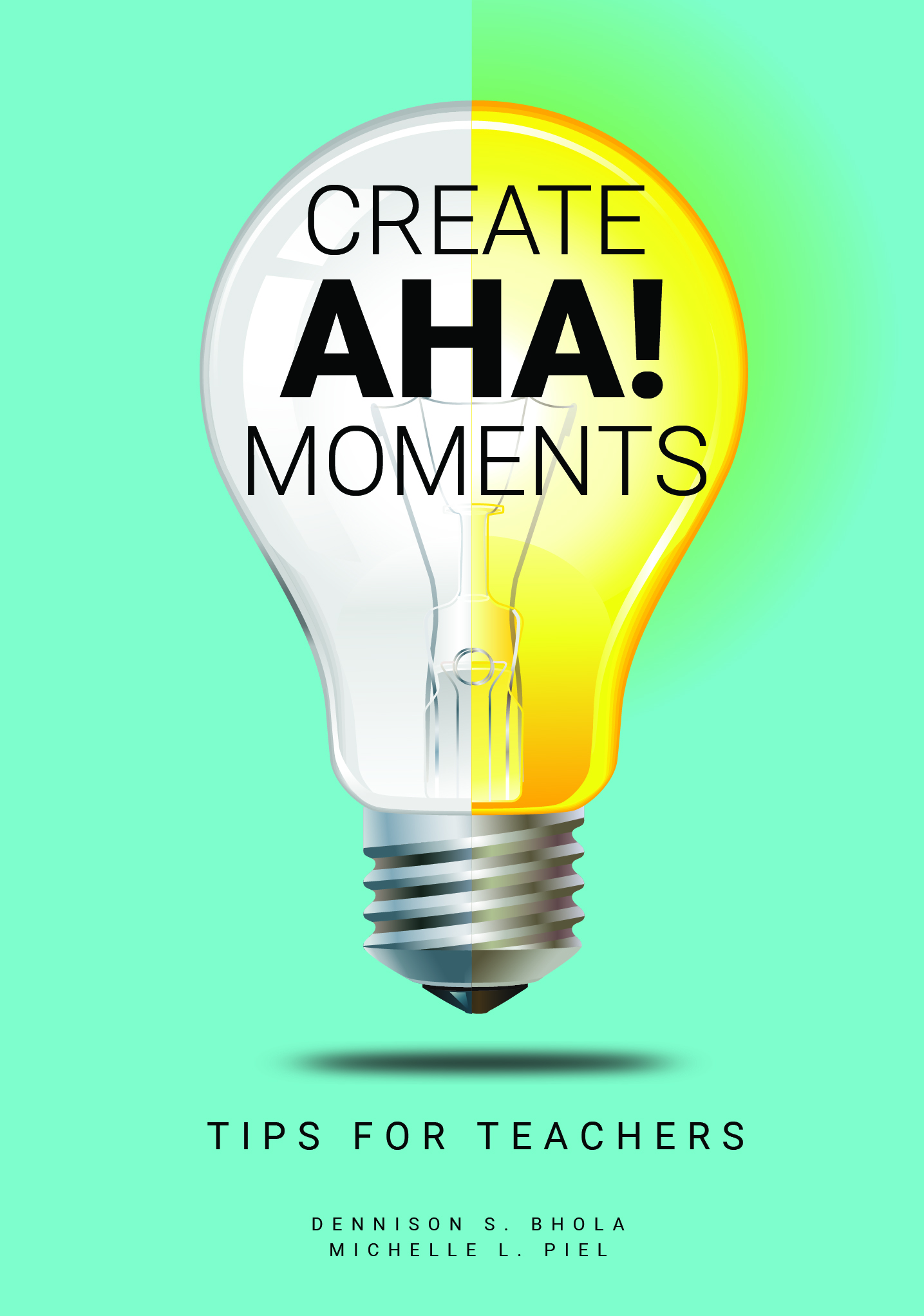
This is an excerpt from our new book, Create AHA! Moments, Tips for Teachers. For more information, check out the book’s website here.
Outstanding teachers identify teachable moments in order to convert knowledge or skill gaps into “Aha! Moments” for students. A key to producing teachable moments is guided practice. Guided practice is the process of providing students with the opportunity to apply what they learn soon after learning it, and then providing them with feedback on the correctness of their application with suggestions designed to help them improve their technique and reasoning.
Teachable moments occur when a student requests their teacher’s input, indicating a state of mental and emotional readiness to learn exactly what the learning objective specifies. Ideally, the lightbulb illuminates when the explanation is clear. This causes the student to think: “Aha! Eureka! Now I understand. This makes sense to me!”
Legendary basketball coach John Wooden used a performance modeling approach (M+M-M+) which serves as an impactful illustration of “guided practice”. When coaching a player, Wooden showed what the exemplary model (M+) looked like, then he showed the player’s current performance (M-) to reveal the gap, and finally he showed the exemplary model again (M+). Recognizing the gap between current performance and the positive model helped players refine their technique. In a similar manner, teachers can use Wooden’s approachto empower students to correct any errors in reasoning by providing:
- (M+) the correct reasoning (i.e., worked example, video clip, role model)
- (M-) the incorrect reasoning (to help the student identify the flaw in their reasoning)
- (M+) a repeat of the correct reasoning
For students to be receptive to detailed explanations and feedback, they need to believe that the teacher has their best interests at heart, will not embarrass them, and that revealing their errors will not negatively impact their grades. During guided practice, help them understand specific errors, and provide actionable feedback and coaching in a safe psychological zone (i.e., avoid embarrassment). Compassionately demonstrate the correct reasoning and help the student identify any errors or gaps in reasoning. When a student invites you into their learning space and requests your input, take immediate action to optimize learning. Pounce on the teachable moment by answering students’ questions immediately and providing clear explanations, analogies, and feedback. Before you finish the feedback, ensure that the student understands and can apply the correct reasoning.
About the Author
Michelle’s education includes a Certificate in Industrial Organizational Psychology and an M.S. in Human Resources. During her years as the Service Quality & Training Director of Greenleaf Hospitality Group, she planned curriculum and delivered face-to-face instruction for entry-level personnel, supervisors and managers. As an education consultant, she has facilitated focus groups, strategic planning sessions, professional development workshops, and executive coaching for school superintendents and principals. She has also contributed to the development of assessments to hire teachers and principals. In her leisure time, she has accumulated significant instructional experience from her time as a coach. Recently, Michelle co-authored a book for educators called Create Aha! Moments: Tips for Teachers. This beautifully written book shares how to help students learn more and remember longer.


Add a Comment
You must be logged in to post a comment